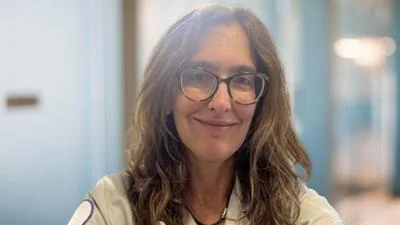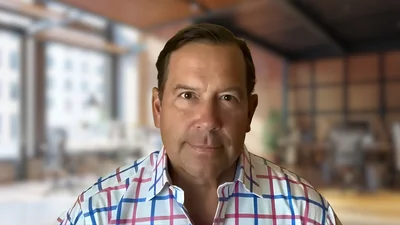Robert Gilligan
Robert Gilligan
Illinois has implemented a tax scholarship school plan that utilizes state resources to underwrite private school enrollment in the hope of saving the cash-strapped state money over the long haul.
The $75 million plan recently signed into law by Gov. Bruce Rauner is largely based on the theory that private and parochial schools make for more efficient models than public institutions.
The Better Government Association (BGA) reports that funding for the program will largely come from local property taxpayers, with early estimates concluding that it could cost the state two to five times more per student than what it now spends on general aid for the state’s 1.85 million public school pupils.
According to BGA projections, costs for participating in the scholarship program, which will be limited to a small number of low-income students, will range anywhere from $6,250 to $12,500, compared with the $2,275 that is now directly spent on public school students.
The five-year pilot program goes into effect next year, though its impact on the state budget remains uncertain.
“That dollar amount is less than what the local taxpayer is providing through their property taxes and their state taxes,” Robert Gilligan, director of the Catholic Conference of Illinois and an ardent supporter of the plan, told the BGA.
Gilligan argues that in time the program will prove to be a godsend because it will save the state money by opening doors at private schools where tuition tabs fall below the average cost of public education for students whose families could not otherwise afford to make that choice.
BGA notes the average cost on which the scholarship cap is based encompasses local and federal resources along with federal contributions. By comparison, local property taxes in Illinois cover more than two-thirds of the financial resources of public schools.
“In six to nine months we’ll know a little bit more,” Gilligan said. "A lot of this is going to be played out in implementation.”
The program will also be revolutionary in the way it maneuvers to make use of state money for private and parochial school use.
To offset some of the same legal issues that have stymied previous voucher programs across the country, the law allows taxpayers to receive a tax credit for donations to state-approved nonprofit organizations that will then provide students from lower-income families with private school scholarships.
Proponents of the plan predict that it will serve as many as 12,000 students, meaning the $75 million in indirect state money would translate into an average of $12,500 per student.
According to the BGA, in 2016 the bill for general state aid to public schools came in at somewhere in the neighborhood of $5 billion, much more than the potential cost of the scholarship program.
On a per-student basis, that aid to public schools translates to $2,725 a pupil, or a fraction of total per pupil public school costs, which averages $12,973.
With the Illinois plan, students currently enrolled in private and parochial schools will be eligible for scholarship dollars along with students transferring from public schools. The program will also give preference to applicants who reside in school districts with low-performing public schools and will have income restrictions.
While proponents of the plan insist the scholarships are about fairness and providing expanded choice to those who might not otherwise have the option, critics see the plan as just another instance of an attempt to siphon dwindling public resources.
"Private schools want public dollars, they want public resources, but they don't want the same public accountability,” Dan Montgomery, president of the Illinois Federation of Teachers, told the BGA. “That seems to me to be the height of hypocrisy."





 Alerts Sign-up
Alerts Sign-up